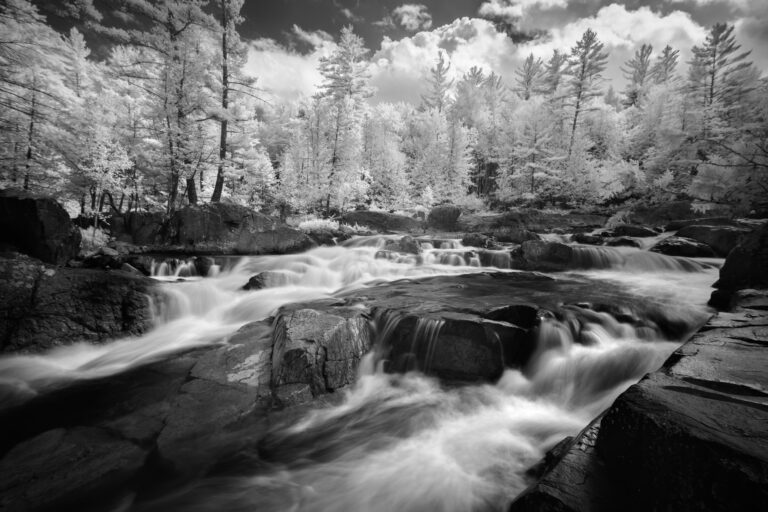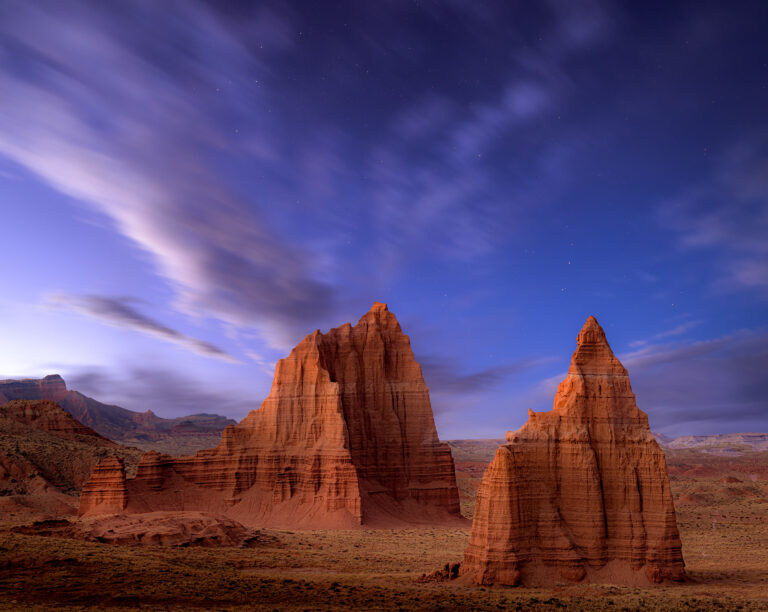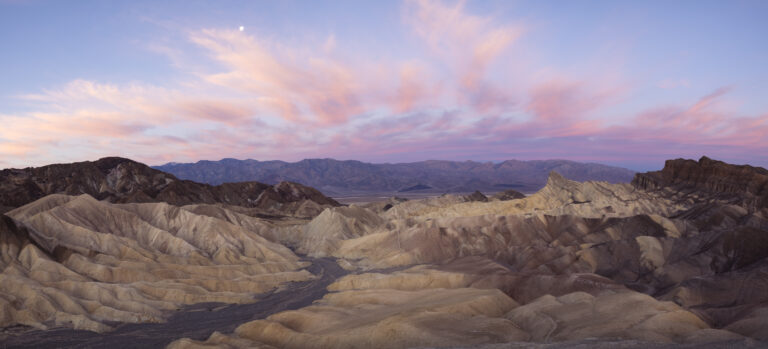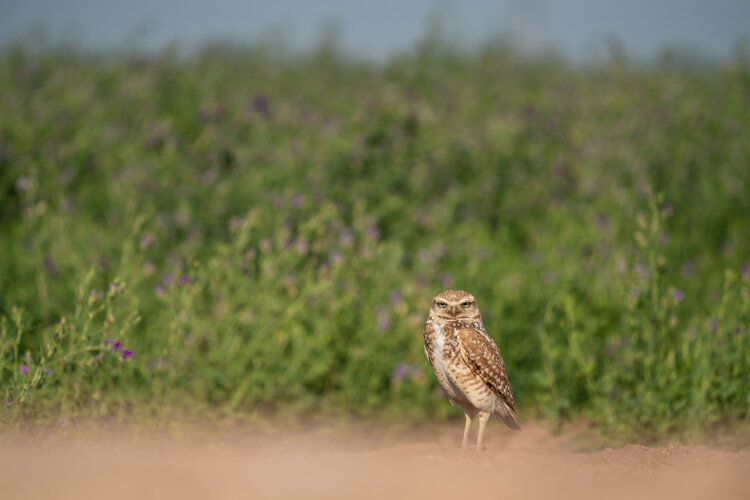Seeing
What you see is what you are thinking!
When you’re walking around with a camera in your hand, what are you thinking about? Could it be… camera settings, how you’re going to process the image once taken if the card has enough space for taking one more extra picture, and will the battery last through sunset. Or, you could be tossing around a recipe you have been considering for some time! If and when you get past these concerns, there is the very real concern of weather. Will the clouds block the sun or even worse cloud up and rain all over you? It is difficult for many including myself at certain times, to get past the rather mundane clutter in our heads and get to what will certainly become more memorable and lasting ideas and eventually images. Here are some ideas to help you when attempting to stretch your ability to “see” a picture.
Consider these three words:
Fear
Expectations
Liberating
We all carry both fear and expectations about the future. For example, I am going to Iceland soon and I have expectations about what type of weather we are going to have. I have expectations about composing in a certain way. I have expectations about seeing the Northern Lights. Along with those expectations come the usual fears. Fear of travel, fear of equipment failure, fear of something new. But the big fear that many keep quiet and suppress the fear of not being accepted, or in this context, fear of our work not being accepted. This fear leads to worry and the worry fills our minds with thoughts that take time and energy away from what is at hand. When this happens to me while on location the one best remedy is diversion. By concentrating on the art of composing while scouting, my mind clears itself. This physical and mental act of scouting has become one of my most cherished of all activities. Most people would call the scouting I do simply hiking, walking, skiing or snorkeling. Yes, it’s true that is what it appears to be on the outside, but what I am really doing is constantly framing elements in front of me into compositions. This mental and physical game is both compelling and liberating.
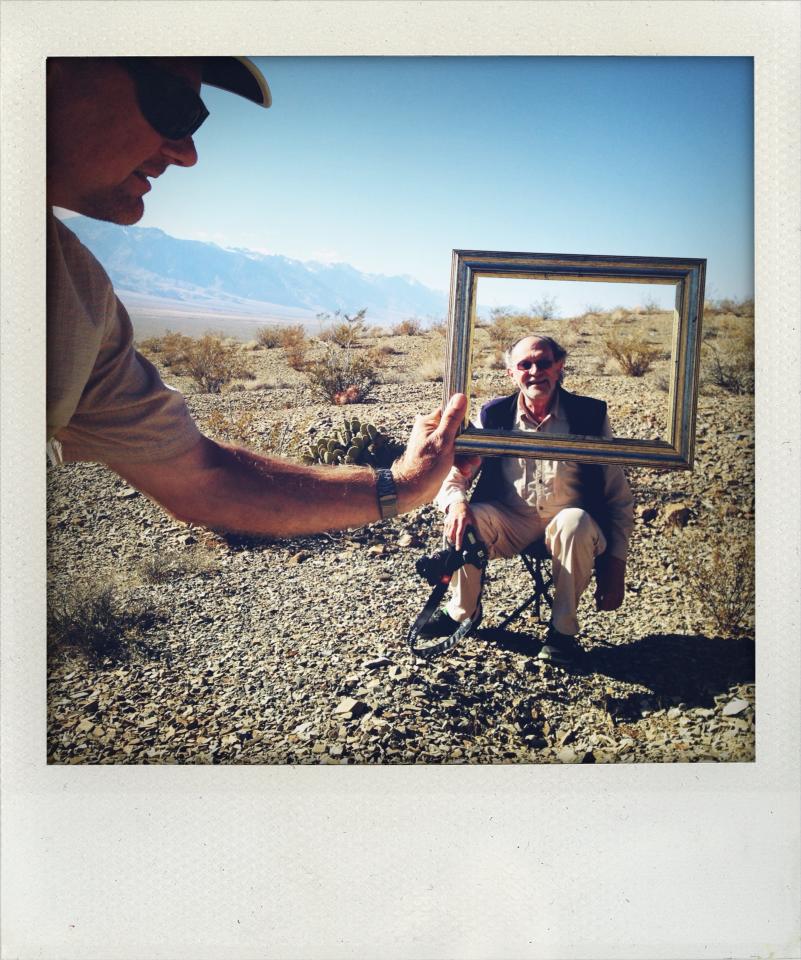
When you’re out looking for images, consider forcing yourself to make a composition with a small frame of some kind. Hold up this window at certain subjects and walk around that subject to gain knowledge of all its facets before you even consider what lens to put on your camera when you finally pull it out of the bag. Chances are the light will not be good and your exercise will simply be a rather engaging practice to train your left brain to see things perceptively, or as they really are. Most of the time when we are scanning a busy field of view we roll over most of it thinking that it’s all ordinary. Truth be told, our job as photographers is to show others what might appear ordinary on the surface to be beautiful or extraordinary through our eyes.
Here are several very important tools I consider when approaching “seeing” in a new environment.
- Give yourself time to experience the place first
- Find a subject by thinking of a concept to illustrate
- Compose with a view finder or cardboard window or a frame
These are in no order, rather, they should be worked on simultaneously. If done right, there is often a moment when the subject jumps out at you, and the race to compose it in beautiful light consumes you and the rush of the experience fulfills you! All of this has nothing to do with camera settings, the tripod, or the equipment brand. The best brand of equipment you can have in moments like this is the one that is not in your way. The best camera settings are the ones you’ve practiced time and time again until they suddenly appear in the camera by YOU, because of your second nature. The best tripod is one that holds the camera sturdy.
When you reach the point where the image captured matches the concept of the place, you will become liberated, not just from the equipment but from your fear of not being able to see.
Life is short, take pictures!

